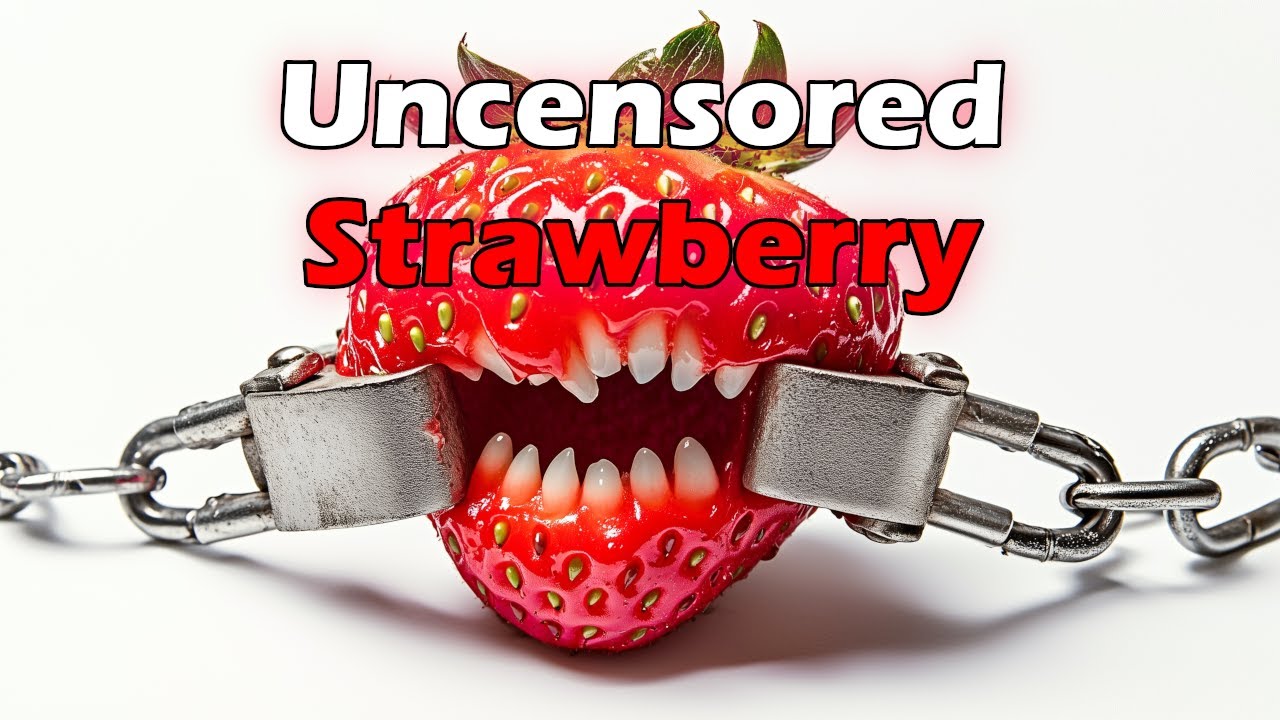The speaker questions the necessity of AI alignment, arguing that unaligned models, like OpenAI’s Strawberry, can enhance problem-solving capabilities and suggesting that existing regulations should focus on punishing misuse rather than aligning the technology itself. They propose that unaligned AI can be effectively managed through structured frameworks and oversight, emphasizing that the rapid advancement of AI makes complete regulation unlikely.
In the video, the speaker addresses their absence from the camera, explaining that they are taking a break to focus on voice inflection and operationalizing their content. They mention their availability on platforms like Spotify and Substack, indicating a shift towards a faceless channel while they work on producing high-quality content. The main topic of discussion is the necessity of AI alignment, particularly in the context of OpenAI’s uncensored internal Chain of Thought (CoT) approach.
The speaker presents a provocative argument questioning whether AI alignment is truly necessary. They define alignment as the process of training AI models to behave in a socially acceptable manner, such as refusing inappropriate requests. They reference OpenAI’s experience with their unaligned model, Strawberry, which demonstrated that self-censorship can hinder problem-solving capabilities. The speaker argues that many technologies, including CPUs and programming languages, are not aligned, suggesting that the same principle could apply to AI models.
The discussion shifts to the role of regulation and best practices in managing technology use. The speaker emphasizes that laws already exist to deter misuse of technology, and that the focus should be on punishing individuals or companies that misuse AI rather than aligning the models themselves. They argue that humans are often the weakest link in technology, and that implementing security best practices can mitigate risks associated with unaligned AI.
The speaker also explores the potential for unaligned models to be used effectively within a structured framework. They suggest that multi-agent systems can be designed to supervise and scrutinize outputs from unaligned models, allowing for safeguards without the need for alignment. This approach could enable the use of unaligned models while still maintaining a level of oversight and accountability.
Finally, the speaker expresses skepticism about the feasibility of completely shutting down or regulating AI technology, arguing that the rapid advancement of AI capabilities cannot be contained. They highlight the emergence of new, efficient models that can run on mobile devices, indicating that the landscape of AI is evolving quickly. The speaker concludes by reiterating their belief that alignment may not be necessary and encourages a broader discussion on the implications of unaligned AI in the future.
